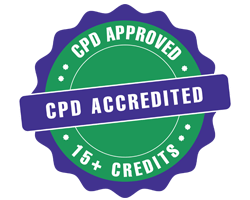Title : A long-overlooked treatment for Substance Use Disorder (SUD): Contingency management
Abstract:
Contingency management is a therapeutic approach that uses incentives/rewards to reinforce positive behaviors. It’s widely researched but still underutilized, despite its proven effectiveness. When it comes to treatment programs for substance use disorder (SUD), contingency management has proven to drive positive results - e.g., increased show rates and more sober days - but is still vastly overlooked as a viable and effective tool.
Despite the evidence, we have continued to rely on the same practices, such as cognitive behavioral therapy (CBT), and expect different results - despite the sobering statistics. 48 million Americans have battled an SUD in the past year, with the relapse rate between 40% and 60%. In the criminal justice system, an estimated 63% of people in jail and 58% in prison have an SUD.
The science behind contingency management
- Neurotransmitters and Dopamine
- Operant conditioning
- Positive consequences
- Repetitive behavior
The role of contingency management in addressing America’s drug epidemic
- Evidence that supports contingency management in treating addiction
- Increased engaged patients
- Increased show rate at appointments
- Increased sober days
- Reduction in positive drug tests
Contingency management as part of a collaborative care model
- Importance of a collaborative care model for SUD treatment
- What needs to be involved in that model (e.g., SDOH, preventive care)
- How can non-SUD providers think about this? (think PCPs, providers in communities across the country – what should they be thinking about in order to be an effective partner?)
The future of SUD treatment
- How we need to reframe how we think about SUD treatment
- Beyond contingency management: Additional approaches we should be considering/reviewing (e.g., GLP1s)
- What are the risks if the healthcare system does not consider new approaches to SUD treatment?



